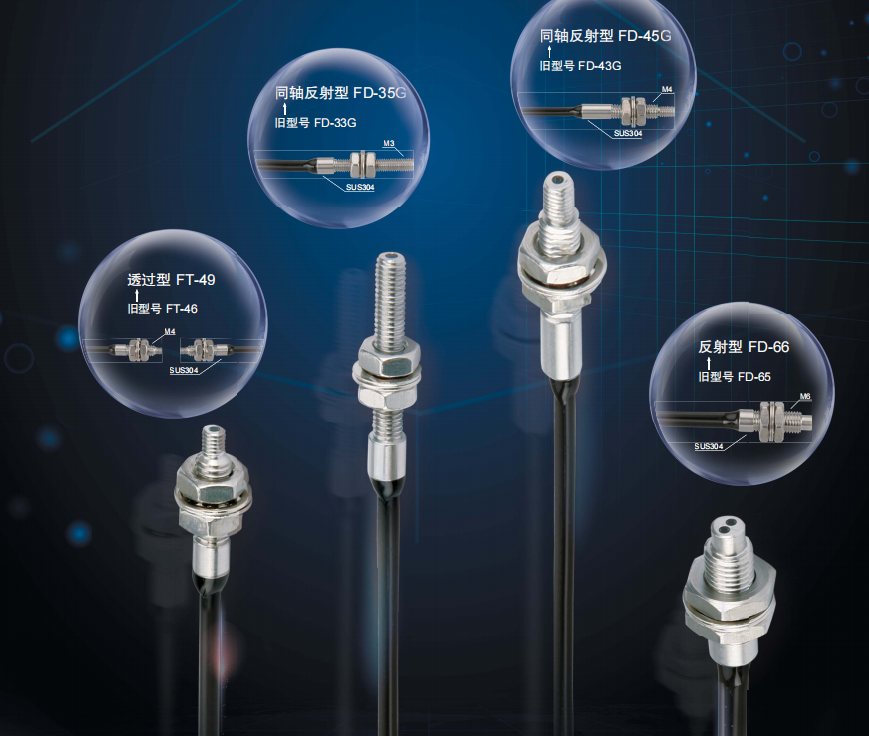



POF-based Drug Detection Fiber is a special optical fiber detection system that uses polymer optical fiber as a sensing medium. It achieves specific identification and detection of drug molecules through optical fiber surface modification or structural design. This sensing technology combines the flexibility of plastic optical fiber with detection principles such as surface plasmon resonance fluorescence quenching, and has the characteristics of rapid on-site detection, high sensitivity and strong concealment.
It is widely used in reflective sensing, biomedical detection, spectral analysis and other fields, achieving signal transmission and detection through light splitting or combining.
working principle:
Reflective sensing: After the light from the common end shines on the object being measured, the reflected light is received by the output branch, and the target parameters are detected through changes in light intensity.
Fluorescence/Raman sensing: Excitation light illuminates the sample through the input branch, and the generated fluorescence/Raman signal is transmitted back to the spectrometer through the output branch.
Transmitting sensing: Connect the light source and detector at both ends of the common end to measure changes in transmitted light intensity.
The drug detection optical fiber has the characteristics of high sensitivity and strong anti-interference ability, as follows:
1. High sensitivity: It can detect small physical or chemical changes related to drugs, such as drug concentration, refractive index, and other subtle changes, achieving high-precision monitoring of drug quality parameters.
2. Strong ability to resist electromagnetic interference: As optical fibers are non-conductive materials, they are not affected by electromagnetic interference and can work stably in pharmaceutical production and testing environments with electromagnetic equipment, ensuring the accuracy of testing results.
3. Electrical insulation and corrosion resistance: It has good electrical insulation and can resist corrosion from various chemical substances, suitable for various complex environments in the pharmaceutical production process, including contact with corrosive drugs such as strong acids and alkalis.
4. Fast measurement speed: The propagation speed of light is extremely fast, allowing the Y-shaped sensing fiber to quickly obtain drug detection data, which can be used for online real-time detection and timely feedback of drug quality information.
5. Small size and light weight: easy to install and integrate into various drug testing equipment, does not occupy too much space, and is also suitable for use on some limited space drug production lines.
Core application scenarios:
1. Medical and Biosensing
Blood oxygen/glucose detection: Analyze blood components through reflectance spectroscopy.
Endoscopic imaging: Y-shaped optical fiber conducts illumination light and returns image signals.
Fluorescence labeling detection: excite fluorescence and receive signals.
2. Industrial testing
Surface roughness measurement: Reflected light intensity is related to surface roughness.
Liquid concentration/turbidity detection: Analyze liquid properties through changes in transmitted or reflected light.
Displacement/proximity sensing: measuring changes in reflected light intensity to determine object position.
3. Environmental monitoring
PH value/chemical substance detection: Fluorescence sensitive coatings change their reflectance spectra with changes in pH.
Gas sensing: Specific gases absorb specific wavelengths and analyze concentration through spectroscopy.
